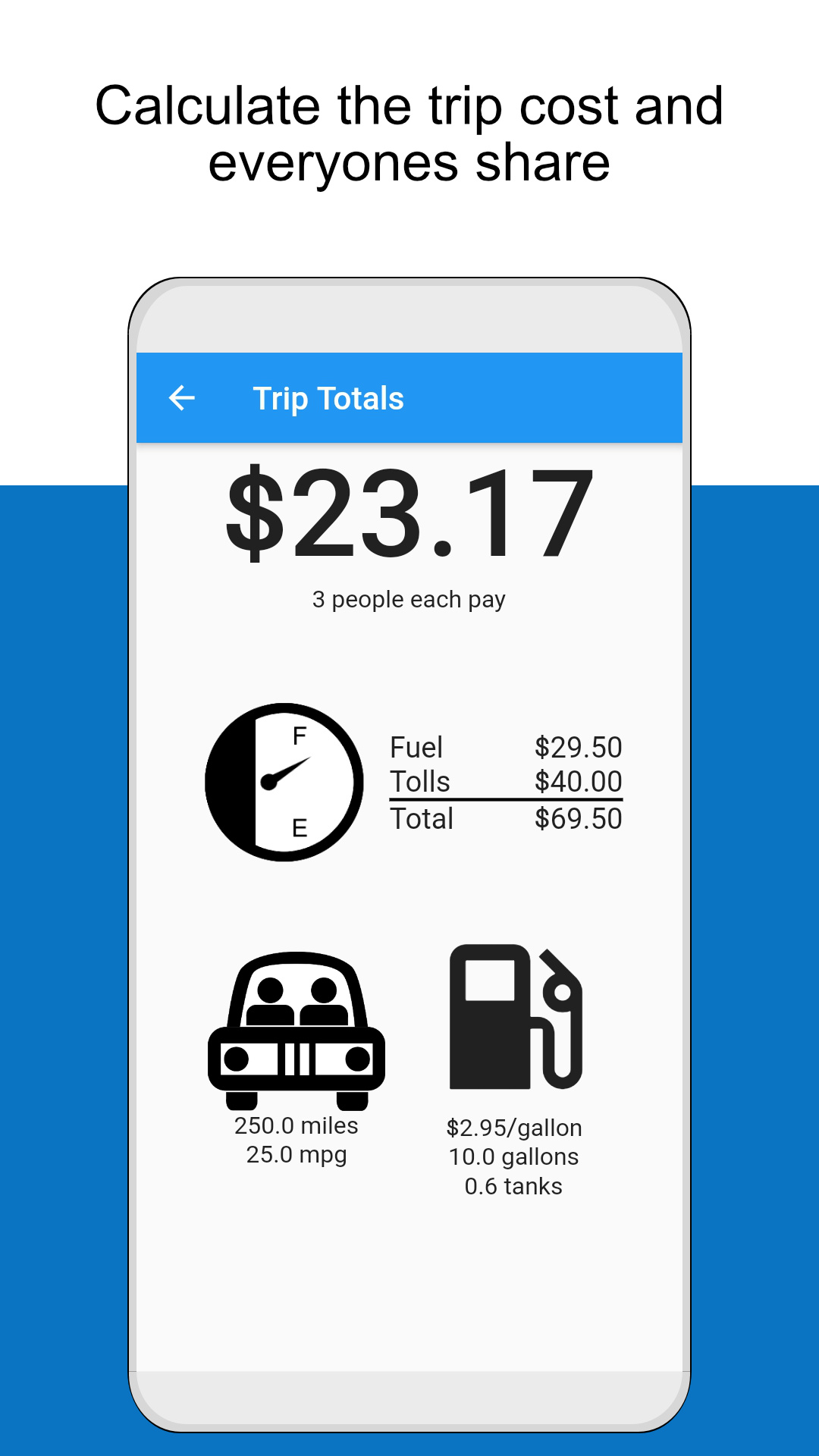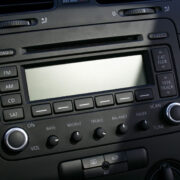Often when we’re carpooling or hitching a ride, we find ourselves wondering, “How much should I chip in for gas?” It’s a simple question that shows consideration, but the answer isn’t always straightforward. Various factors such as fuel efficiency, distance, and gas prices come into play. Fortunately, there are methodologies and tips to help calculate the appropriate amount, ensuring fairness for both the driver and the passenger.

Estimate MPG and Trip Distance
Before calculating gas costs, you’ll need to know the vehicle’s fuel economy and the trip distance. Most modern vehicles provide miles per gallon (MPG) figures. For older models, this information can usually be found in the owner’s manual or online.
Detailed Steps:
- Locate the vehicle’s MPG figure from the car manual or online.
- Use a GPS or online map service to determine the total distance of the trip.
- Divide the trip distance by the vehicle’s MPG to estimate the gallons of gas needed for the journey.
Summary:
This approach provides a direct measurement of expected fuel use. However, driving conditions or variations in fuel economy may affect accuracy.
Check Real-Time Fuel Economy
Many cars have an onboard trip computer that provides real-time MPG data, ideal for calculating gas costs on the fly.
Detailed Steps:
- Reset the trip computer’s average MPG at the start of the trip.
- At the journey’s end, note the average MPG displayed.
- Divide the total distance by the average MPG for the gone gallons of fuel used.
Summary:
Using real-time data accounts for actual driving conditions. However, not all vehicles have this feature.
Use a Gas Calculator App
Apps like GasBuddy have trip calculators that can figure out the cost of gas for your trip based on current gas prices and vehicle fuel efficiency.
Detailed Steps:
- Download a gas calculator app.
- Input the vehicle’s MPG, the trip distance, and the local gas price.
- Let the app calculate the total gas cost.
Summary:
Apps offer convenience and consider current gas prices, but data input errors can skew results.
Check Average Gas Prices
Knowing the average gas price in your area can help approximate gas costs. Websites like AAA’s Daily Fuel Gauge Report provide updated prices.
Detailed Steps:
- Visit a gas price information website.
- Note the average price for the type of gas the vehicle uses.
- Multiply this price by the estimated gallons needed for the trip.
Summary:
This method offers a quick estimate based on current prices, but regional price variation may affect accuracy.
Map Route Alternatives
Sometimes the shortest route isn’t the most fuel-efficient. Use a mapping service to explore different routes.
Detailed Steps:
- Enter your start and end destinations in a map service.
- Compare the distance and estimated time for different routes.
- Select the most fuel-efficient route, considering factors like traffic and road type.
Summary:
Optimizing the route can save gas, though unexpected detours or traffic conditions can impact the estimate.
If sharing a ride with others, divide the total gas expense by the number of passengers.
Detailed Steps:
- Calculate the total cost of gas for the trip.
- Divide this number by the total passengers, including the driver.
- Each person pays an equal share.
Summary:
This method ensures equality among passengers but might not consider varying pickup points or weights.
Consider Vehicle Load
Additional weight can decrease MPG. Account for a heavy load when calculating gas expenses.
Detailed Steps:
- Factor in an MPG decrease if carrying a heavy load.
- Adjust the total gas cost calculation accordingly.
- Split the cost between occupants, if appropriate.
Summary:
Good for precision but may require guesswork for exact impact on MPG.
Factor in City vs. Highway Driving
Fuel economy can vary significantly between highway and city driving due to stop-and-go traffic.
Detailed Steps:
- Determine the type of driving (city or highway) for the majority of the trip.
- Use the vehicle’s city or highway MPG for calculation.
- Calculate gas costs accordingly.
Summary:
City/highway MPG considerations improve accuracy but depend on driving conditions.
Use the IRS Standard Mileage Rate
For a quick approximation, use the IRS standard mileage rate, which factors in average vehicle costs per mile.
Detailed Steps:
- Check the current IRS standard mileage rate.
- Multiply the trip distance by this rate.
- Use the result as a fair reimbursement that includes gas and other vehicle expenditures.
Summary:
This simplifies reimbursement but isn’t tailored to the specific vehicle’s MPG or gas prices.
Keep Receipts for Total Accuracy
For exact reimbursement, keep fuel receipts acquired during the trip.
Detailed Steps:
- Save all gas receipts during the trip.
- Total the amount spent on fuel.
- Divide this cost amongst the vehicle’s occupants.
Summary:
This is the most accurate method but requires meticulous record-keeping.
In conclusion, calculating gas money to give someone involves assessing vehicle efficiency, trip distance, gas prices, and passenger count. Applying one or a mix of these methods ensures a fair contribution tailored to your specific scenario, minus the stress of guesswork. It’s about more than just fuel costs: it’s about sharing the journey together responsibly and gratefully.
FAQs:
-
How do I factor in varying gas prices along the trip route?
- Use the average price of gas for the regions you’ll be traveling through or calculate using the highest price you expect to encounter to ensure you have enough funds.
-
What if my car’s MPG changes during the trip?
- If you notice significant changes in your vehicle’s fuel efficiency, try to keep track of these fluctuations and calculate using the lower MPG to account for increased fuel consumption.
-
Is it better to fill up the tank at the beginning or pay as you go?
- Filling up at the beginning can streamline calculations and may be cheaper if starting in an area with lower gas prices. Paying as you go requires keeping receipts and could lead to a more accurate split if gas prices change significantly along the route.









